Welcome to a journey through cinematic history, where we explore the greatest films from different corners of the world. This collection not only showcases the diversity of storytelling but also highlights the universal appeal of cinema. Each film in this list has left an indelible mark on the global film industry, offering unique perspectives, groundbreaking techniques, and unforgettable performances. Whether you're a film buff or a casual viewer, this list promises to enrich your understanding of world cinema.
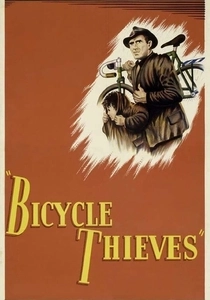
The Bicycle Thieves (1948)
Description: Vittorio De Sica's "The Bicycle Thieves" is a poignant depiction of post-war Italy, focusing on a father and son's desperate search for a stolen bicycle, which is their only means of livelihood. This neorealist film captures the essence of human struggle with raw authenticity.
Fact: The film was shot on location in Rome with non-professional actors, adding to its gritty realism. It was also one of the first films to win an Academy Honorary Award.
 Watch Now
Watch Now 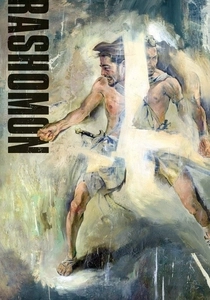
Rashomon (1950)
Description: Another gem by Akira Kurosawa, "Rashomon" explores the nature of truth through the retelling of a crime from multiple, conflicting perspectives. Its narrative structure has influenced countless films and discussions on subjectivity in storytelling.
Fact: The film won the Golden Lion at the Venice Film Festival, marking the first time a Japanese film received such international recognition. The term "Rashomon effect" now refers to the phenomenon of multiple, contradictory interpretations of the same event.
 Watch Now
Watch Now 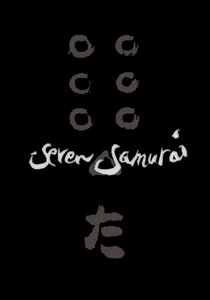
Seven Samurai (1954)
Description: Akira Kurosawa's masterpiece, "Seven Samurai," is a timeless tale of honor, sacrifice, and the human spirit. Set in feudal Japan, it tells the story of a village hiring seven ronin to protect them from bandits. Its influence on cinema, particularly in the Western genre, is profound.
Fact: The film was originally intended to be a three-hour movie but was extended to nearly four hours due to the complexity of the story. It was also one of the first Japanese films to gain widespread international acclaim.
 Watch Now
Watch Now 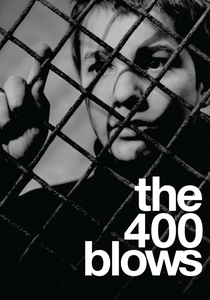
The 400 Blows (1959)
Description: François Truffaut's debut feature, "The 400 Blows," is a semi-autobiographical story about a misunderstood adolescent in Paris. Its honest portrayal of youth and its innovative filmmaking techniques made it a cornerstone of the French New Wave.
Fact: The film's title is a French idiom meaning "to raise hell," reflecting the protagonist's rebellious spirit. The iconic freeze-frame ending was a spontaneous decision by Truffaut during filming.
 Watch Now
Watch Now 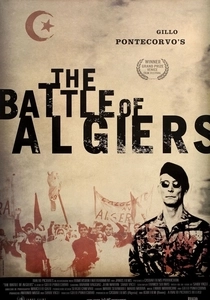
The Battle of Algiers (1966)
Description: Gillo Pontecorvo's "The Battle of Algiers" is a docudrama that recounts the Algerian struggle for independence from French colonial rule. Its realistic depiction of guerrilla warfare and its political implications have made it a study in film schools worldwide.
Fact: The film was shot in a documentary style, with many scenes involving real former FLN fighters. It was also screened by the Pentagon to understand urban guerrilla warfare tactics.
 Watch Now
Watch Now 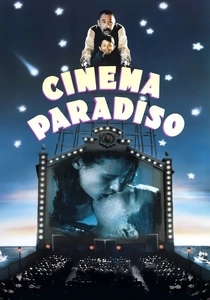
Cinema Paradiso (1988)
Description: Giuseppe Tornatore's "Cinema Paradiso" is a heartfelt ode to cinema, telling the story of a young boy's love for movies and his friendship with the local projectionist. Its nostalgic charm and emotional depth have made it a favorite among film lovers.
Fact: The film was initially released in a shorter version, but the director's cut, which includes an additional 51 minutes, has become the preferred version for its richer storytelling.
 Watch Now
Watch Now 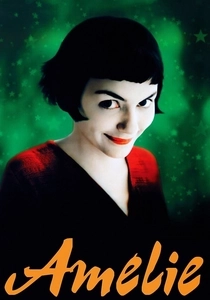
Amélie (2001)
Description: Jean-Pierre Jeunet's "Amélie" is a whimsical and visually stunning film about a young woman who decides to change the lives of those around her for the better while grappling with her own isolation. Its charm and originality have made it a beloved modern classic.
Fact: The film's color palette was specifically chosen to evoke a sense of nostalgia and warmth, with reds and greens dominating the scenes. Amélie's apartment was recreated in a studio, down to the smallest details.
 Watch Now
Watch Now 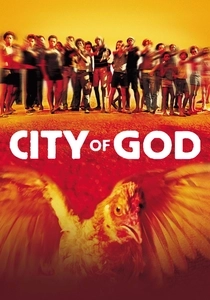
City of God (2002)
Description: Fernando Meirelles' "City of God" is a visceral portrayal of life in the slums of Rio de Janeiro, capturing the rise of gang culture through the eyes of two young boys. Its dynamic storytelling and raw energy have made it a landmark in Brazilian cinema.
Fact: The film was shot in sequence to help the young, non-professional actors understand the progression of their characters. It was also nominated for four Academy Awards.
 Watch Now
Watch Now 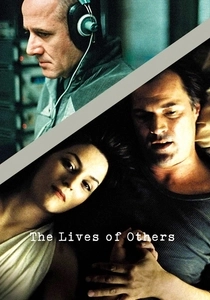
The Lives of Others (2006)
Description: Florian Henckel von Donnersmarck's "The Lives of Others" delves into the surveillance culture of East Germany, focusing on a Stasi officer who becomes emotionally involved with the lives he's monitoring. It's a gripping tale of surveillance, morality, and the human spirit.
Fact: The film was the first German movie to win the Academy Award for Best Foreign Language Film. It also led to a significant increase in public interest in the Stasi archives.
 Watch Now
Watch Now 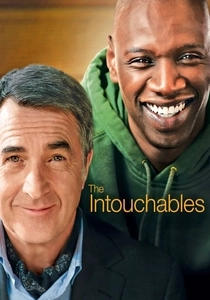
The Intouchables (2011)
Description: "The Intouchables" by Olivier Nakache and Éric Toledano tells the true story of an aristocrat who becomes a quadriplegic from a paragliding accident and hires a young man from the projects to be his caregiver. Its blend of humor, heart, and social commentary has made it a global hit.
Fact: The film was inspired by the real-life story of Philippe Pozzo di Borgo and his caregiver, Abdel Sellou. It became the second highest-grossing French film of all time.
 Watch Now
Watch Now 








